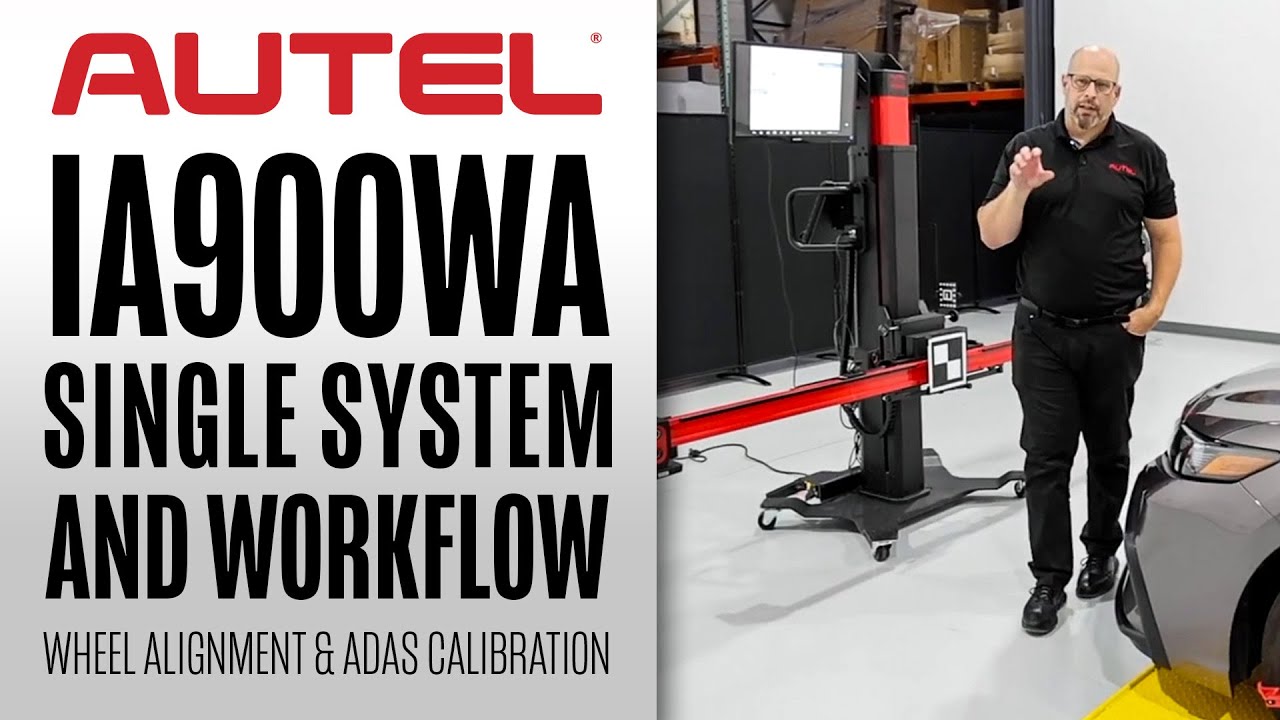It’s been more than twenty years since some of us first started using milliohmmeters in hybrid and EV repair, generally to measure phase-to-phase resistances of motor-generators on first-generation Prius hybrids and the vehicles that came after it. Briefly, a milliohmmeter is a precision ohmmeter that can measure very small resistances in the thousandths of ohms (milliohms), and in some cases, millionths of ohms (microohms), as we will see. It does this, in part, by (1) employing four-wire Kelvin leads, which uses two wires per lead to separate test voltage and test current, and by (2) generating a higher current than the average DVOM. It’s a tool that might not be used regularly, but when you need to measure resistances of less than an ohm, and measure them precisely, nothing else will do.
Useful features in a milliohmmeter
These days, there are many milliohmmeters to choose from. In this article, I’ll discuss functions to look for when choosing one, using the Hioki 3548 milliohmmeter as well as the relatively new laptop-based Pico MT03 milliohmmeter as examples.
Note: Milliohmmeters are often used to measure resistances of high-voltage components after the components have been de-energized. Care must be taken to follow all safety protocols as directed by the OEM before measuring.
Three features come to mind when I think of what I need in a milliohmmeter:
1. Accuracy
The Hioki is accurate to ±0.08 milliohms; the Pico is accurate to ±0.5% ±100µΩ. Both of these meters are accurate enough for our automotive needs.
2. Battery-operated
Some milliohmmeters are designed to be used for bench-testing components, rather than on-the-car testing. They run on 120V and usually require an extension cord to reach the vehicle. Battery-operated milliohmmeters, on the other hand, are portable as well as generally built to be more sturdy and resistant to damage than bench units.
3. Ambient temperature sensor
Component resistance specifications in the milliohm range typically refer to resistance at a given reference temperature, usually 20ºC (68ºF). If the component being tested is not at the reference temperature – and it probably isn’t – the measurement reading must be adjusted for ambient temperature, using a rather cumbersome equation that can sometimes be found in service information, if it is used. This creates a potential for error if the calculation is made incorrectly. Both the Hioki milliohmmeter and the Pico milliohmmeter come with ambient temperature sensors. These sensors, along with some circuitry, enable the meters to compensate for temperature during testing and to calculate the resistance that would be present if the resistance had been measured with the component at the reference temperature. Let the machine do the math.
Tip: Keep in mind that a milliohmmeter’s ambient temperature sensor (if equipped) measures ambient temperature, not component temperature. If the component being measured has not cooled sufficiently, your readings will be high, as heat increases electrical resistance. Toyota specifies, for example, that low-ohms measurements be made only after the vehicle has been turned off for at least eight hours.
Taking readings with a milliohmmeter
In the automotive service world, milliohmmeters are most commonly used to measure and compare phase-to-phase resistances of three-phase stator windings, as used in hybrid, plug-in hybrid, and electric vehicles. Such measurements can range from a few milliohms to several hundred milliohms.
Milliohmmeter leads are typically equipped with alligator-type leads, with a twist: rather than gaining a good connection by biting into the test point, the quality of the electrical connection to the test point is often more dependent on the amount of contact area between the leads’ jaws and the test point. Quality milliohmmeter leads are typically gold-plated to inhibit corrosion and reduce the likelihood of unwanted resistance in the leads themselves. Sometimes it takes a bit of fiddling to get a stable reading; cleaning the stator winding terminal ends with isopropyl alcohol may help. It may also help to twist the leads as with communication lines, to reduce line capacitance.
Note, however, that unstable readings can also be caused by loose motor-generator cables, which can set performance DTCs, and/or prevent a motor-generator from operating. Check fastener torque at both ends of the cable (inverter side and transaxle side), and don’t trust resistance readings until they become stable.
Hioki RM 3548 Milliohmmeter
The Hioki 3548 milliohmmeter is a popular resistance meter designed for automotive use. It’s the tool that both Toyota and Tesla specify for their service centers. Hioki also offers a range of leads for specialized resistance measurements, in addition to the standard L2107 alligator-clip leads which come with the RM 3548.
Pico MT03 Milliohmmeter
The Pico MT03 is a relatively new product that uses a laptop to display test results. Test results are easy to print or send as a digital file. The MT03 is also unique in that all three phase-to-phase resistances of a stator winding can be tested at the same time, instead of individually. Results are easy to see, with resistance readings for each phase pair displayed on the laptop along with green or red indicators that act as “go-no go” or “pass-fail” gauges.
Which meter is best? It’s close enough to be a matter of personal preference. The MT03 leads have less contact area than the Hioki’s, and may take a little more care to stabilize the reading, but it’s not a dealbreaker. On the plus side, many technicians prefer the MT03, citing its ability to measure all three phases of a motor-generator at once, as well as the graphically displayed results which can be easily saved to share with the customer. The Hioki 3548 can also save measurements; however, readings must be saved to the meter and then uploaded to a PC.
Using a milliohmmeter to estimate applied fastener torque
In the shop, we apply torque to bolts and measure that torque to create the clamping loads required by the OEM. While a torque reading is not a direct measurement of the strength of the clamping load, the torque applied correlates with the required clamping load.
Another way to “measure” bolt torque, if the vehicle manufacturer provides a specification, is to measure the electrical resistance of the bolted connection, for example between the bolt head and HV busbar. Such measurements test the limits of milliohmmeters, as the resistance specification is often much less than one milliohm, and may be stated in micro-ohms (µΩ), or millionths of ohms.
Why would this kind of measurement be useful? Well, most hybrid and electric vehicles have multiple high-voltage bolted connections. Correct torque of these connections is essential to maintaining the integrity of the connection as high-voltage current flows through it. Incorrect torque can produce heat that is easily enough to melt copper or aluminum and lead to component failure or worse.
A common diagnostic step when tracking down high-voltage circuit issues is confirming proper torque so as to rule out an issue caused by an incorrectly torqued high-voltage connection. If the vehicle manufacturer provides resistance specifications, such connections can be tested using a milliohmmeter with pin-type probes, such as the Hioki rather than alligator clips.
This kind of measurement is especially useful when bolted HV connections use single-use bolts that must be replaced if they are loosened, such as high-voltage connections in many Tesla vehicles. Keep in mind that getting an accurate measurement can be a challenge, and may only be possible if (1) the connection surfaces are first cleaned with isopropyl alcohol, and/or (2) the user presses down on the pin probes to ensure that they are getting a sufficient bite into the area under test. If the meter’s readings are unstable, the measurement is invalid.
Most OEMs do not yet require measurements in the micro-ohm range, but with the increased uptake of electric vehicles, they may become more common in the future. We shall see.






















































